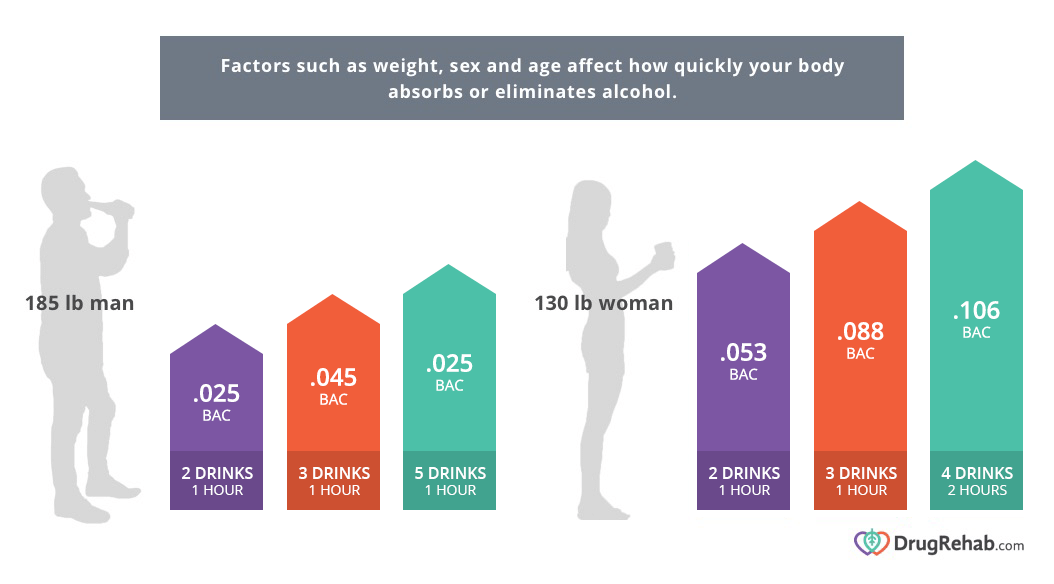Introduction:

Image: paxmemphis.com
In the realm of drug detection, understanding the duration that substances linger in the body is crucial for individuals concerned about their well-being or undergoing various examinations. Crack cocaine, a highly addictive and dangerous substance, is no exception. If you’re wondering how long crack remains detectable in your system, this comprehensive guide will provide insights into the relevant factors and timelines.
Main Body:
Mechanism of Detection:
Crack cocaine is primarily metabolized in the liver, resulting in several metabolites that can be detected in various bodily fluids. These metabolites include cocaethylene, benzoylecgonine, and ecgonine methyl ester, among others. The primary method for detecting crack cocaine usage is through urine analysis, as it offers a relatively long detection window compared to other methods.
Detection Timeline:
The detection period for crack cocaine in urine varies depending on several factors, including the frequency and amount of use, metabolism rate, hydration levels, and individual variations.
-
Heavy Use: Heavy crack users (daily or multiple times per day) can expect detection times of up to 10-15 days.
-
Moderate Use: Individuals who use crack occasionally (a few times per week) may have detectable levels for 7-10 days.
-
Light Use: Single or infrequent use of crack may leave detectable metabolites for 3-5 days or less.
Factors Influencing Detection Time:
-
Metabolism Rate: Individuals with faster metabolisms may eliminate crack metabolites more rapidly.
-
Hydration: Staying well-hydrated can speed up the removal process from the body.
-
Physical Activity: Strenuous physical activity can increase blood flow and temporarily raise drug concentrations in the urine.
-
Kidney Function: Impaired kidney function can delay the elimination of metabolites.
Additional Detection Methods:
While urine analysis is the primary method, other detection techniques may be used in specific circumstances:
-
Blood: Blood tests can detect crack within a few hours of use but have a short detection window of up to 24 hours.
-
Hair: Hair analysis can offer a longer detection period of up to 90 days, reflecting repeated or chronic cocaine use.
-
Saliva: Saliva testing is becoming more common for rapid drug screening and can detect crack metabolites for up to 2-3 days.
Implications for Drug Testing:
The detection times of crack cocaine have significant implications for drug testing in various settings:
-
Employment Screening: Many employers incorporate drug testing as part of the hiring process, and crack detection can affect employment opportunities.
-
Probation or Parole: Individuals on probation or parole may undergo regular drug testing, and testing positive for crack can lead to legal consequences.
-
Medical Evaluations: Medical professionals may order drug testing for diagnostic purposes or to monitor treatment progress.
Conclusion:
Understanding how long crack takes to leave your system is essential for informed decision-making, protecting personal health, and navigating various drug testing situations. By considering the factors outlined in this guide, individuals can better anticipate the detection timelines and take appropriate measures to address any potential concerns effectively. Additionally, seeking professional support for substance use disorders is crucial for long-term health and well-being.

Image: www.drugrehab.com
How Long Does Crack Take To Leave Your System






